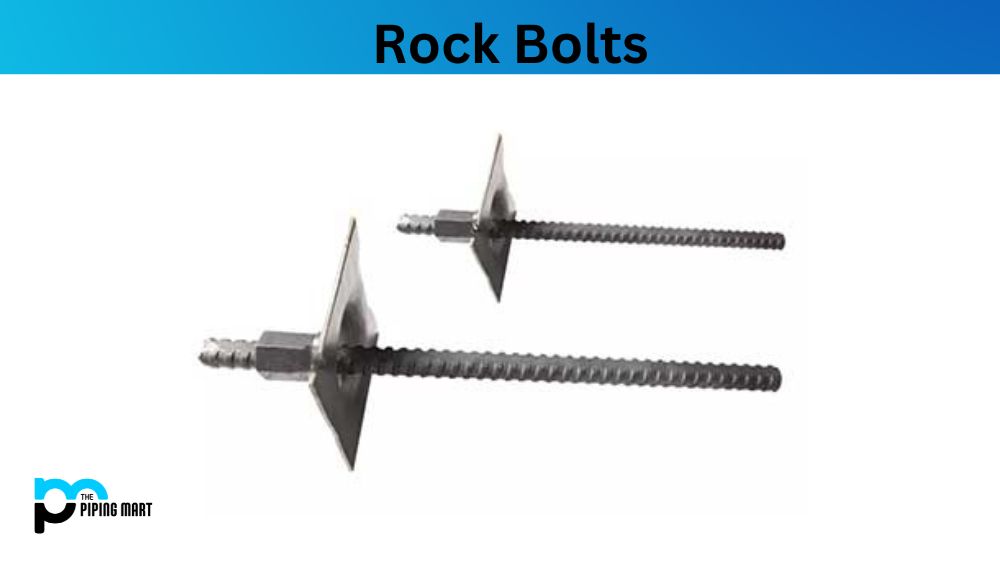Rock bolting is a popular technique that involves the installation of long metal bolts in the ceiling or walls of an underground excavation to provide support and stability to the surrounding rock mass. Rock bolts have become common in the mining and civil engineering industries. While rock bolts offer many advantages, they also come with some disadvantages. In this article, we will discuss the advantages and disadvantages of rock bolts and help you make an informed decision on their use.
Advantages of Rock Bolts
Increased Safety:
Rock bolts enhance the safety of underground excavations significantly. They prevent cave-ins, ensure the stability of surrounding rocks, and eliminate the risk of falling rocks or debris. With rock bolts, workers can carry out mining or excavation activities without any fear of potential hazards.
Versatility:
Rock bolts are versatile and can be used in various excavations, including tunnels, shafts, caverns, and slopes. They can support various rock types, from soft to hard, and can be installed at different angles, lengths, and densities.
Cost-Effective:
Rock bolting is an economical method for stabilizing underground excavations. Unlike other techniques, such as shotcrete, rock bolts require less labour, time, and materials. Furthermore, rock bolts can be designed to meet specific project requirements, reducing the need for unnecessary materials.
Easy Installation:
The installation of rock bolts is simple. It requires minimal drilling, so the surrounding rock mass is less likely to be damaged. Additionally, the installation process can be automated, reducing the risk of accidents.
Disadvantages of Rock Bolts
Longevity:
Rock bolts have a finite lifespan and are susceptible to corrosion and wear. This reduces their load-carrying capacity, making them less effective over time. To enhance their longevity, periodic inspection, testing, and maintenance are necessary.
Limited Flexibility:
Rock bolts cannot withstand significant ground movements. They support the surrounding rock mass but cannot withstand extreme movements, such as those caused by earthquakes or landslides. Therefore, their effectiveness may be limited in areas prone to such events.
Requirement for Skilled Personnel:
Installing rock bolts requires skilled personnel with the necessary expertise and knowledge. Improper installation can reduce the effectiveness of rock bolts and cause instability in the surrounding rock mass.
Difficulty in Removal:
Removing rock bolts can be challenging and time-consuming. If removal is necessary, it requires specialized equipment and skilled personnel, increasing the costs and time required for underground excavation.
Conclusion:
Rock bolts are widely used in the mining and civil engineering industries, and their benefits are undeniable. They provide increased safety, versatility, cost-effectiveness, and ease of installation. However, it is essential to be aware of their limitations, including limited longevity, limited flexibility, a requirement for skilled personnel, and difficulty in removal. Assessing the project requirements before deciding to use rock bolts or opt for alternative techniques is essential. Proper installation, inspection, and maintenance can minimize the disadvantages and maximize the advantages of rock bolts.
Sakshee is a talented blogger, with a particular focus on the Business and Metal Industry. She is passionate about sharing her insights on various metal products and helping professionals to make a better decisions.




